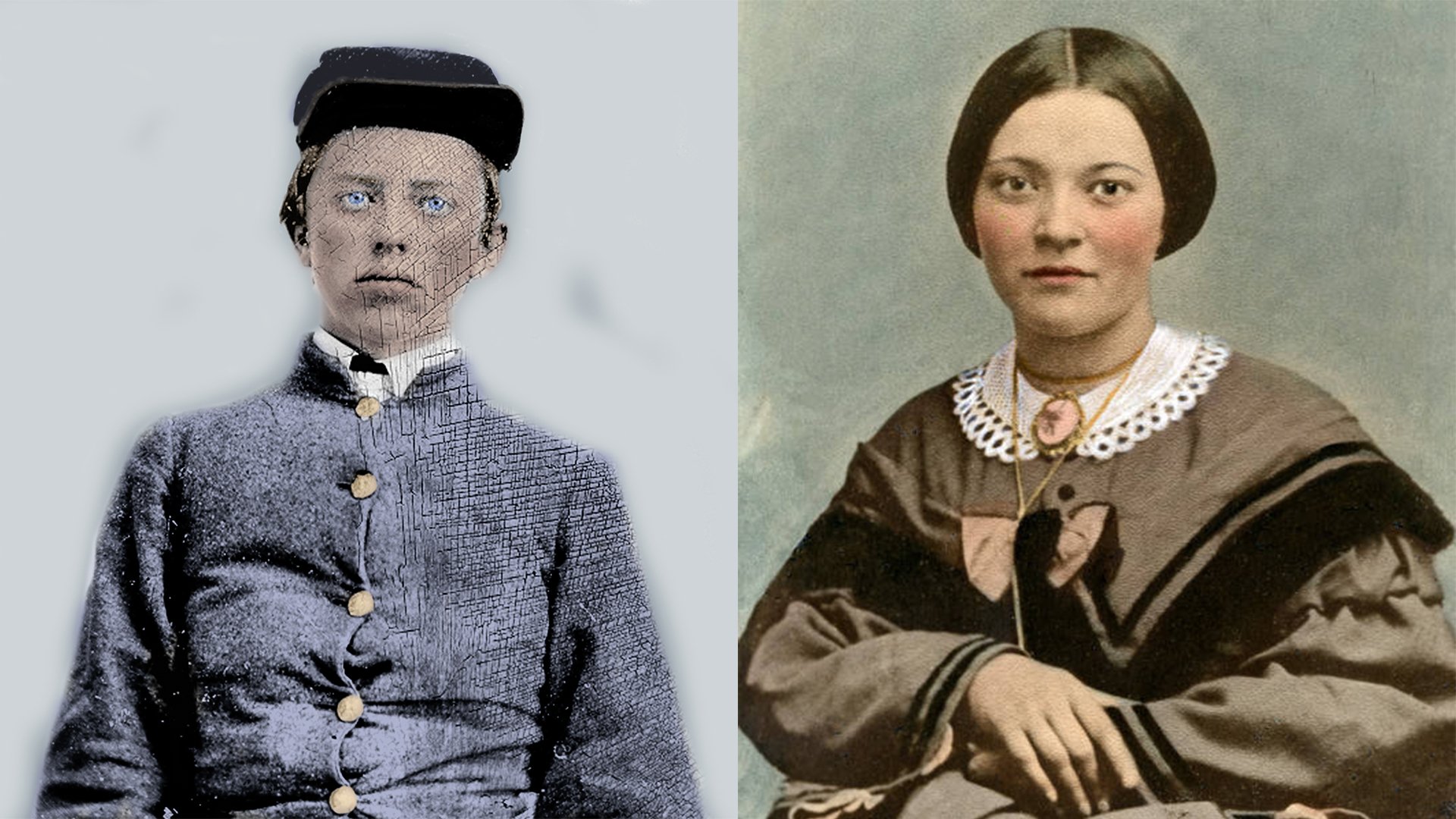
People
Learn about the Civil War in the Valley from the stories of the men, women, soldiers, and civilians that lived through it
Winfield Scott Hancock
Major General (USA)
February 14, 1824 — February 9, 1886
A native of Pennsylvania, Winfield Scott Hancock graduated 18th in the West Point class of 1844. He fought ably in all Army of the Potomac campaigns, and is remembered most for his splendid leadership during the Battle of Gettysburg as commander of the II Corps. Hancock was wounded at Gettysburg, and he spent the next year and a half recuperating. He returned to the Army of the Potomac in 1864, but health problems forced him back to Washington, D.C. While recuperating, Hancock was put in charge of organizing the Veteran Reserve Corps.
Hancock was the final Federal commander to rule over Winchester during the Civil War. After General Philip H. Sheridan departed Winchester in late February 1864, Hancock was given command. He spent his time organizing his troops and planning for a campaign in the Shenandoah Valley, but the action he sought never came. Virginia’s nightmare of war ended on Palm Sunday, April 9, 1865, when General Grant accepted the surrender of General Robert E. Lee in the small hamlet of Appomattox Court House.
The day following the surrender, Hancock addressed Winchester’s townspeople, informing them that he would not treat them harshly and would do everything he could to help them. He even petitioned the War Department to have some of the Union troops withdrawn from Winchester. While Hancock tried to help rebuild Winchester, he had to deal with Mosby’s Rangers who still roamed the area. The Rangers never surrendered, and they did not disband until April 21, 1865.
On April 15, Hancock departed Winchester for Washington, D.C. General Alfred Torbert succeeded him in command.
During the post-war years, Hancock remained in the army, and then in 1880, he ran for President on the Democratic ticket, losing to James Garfield. Hancock died in 1886.

